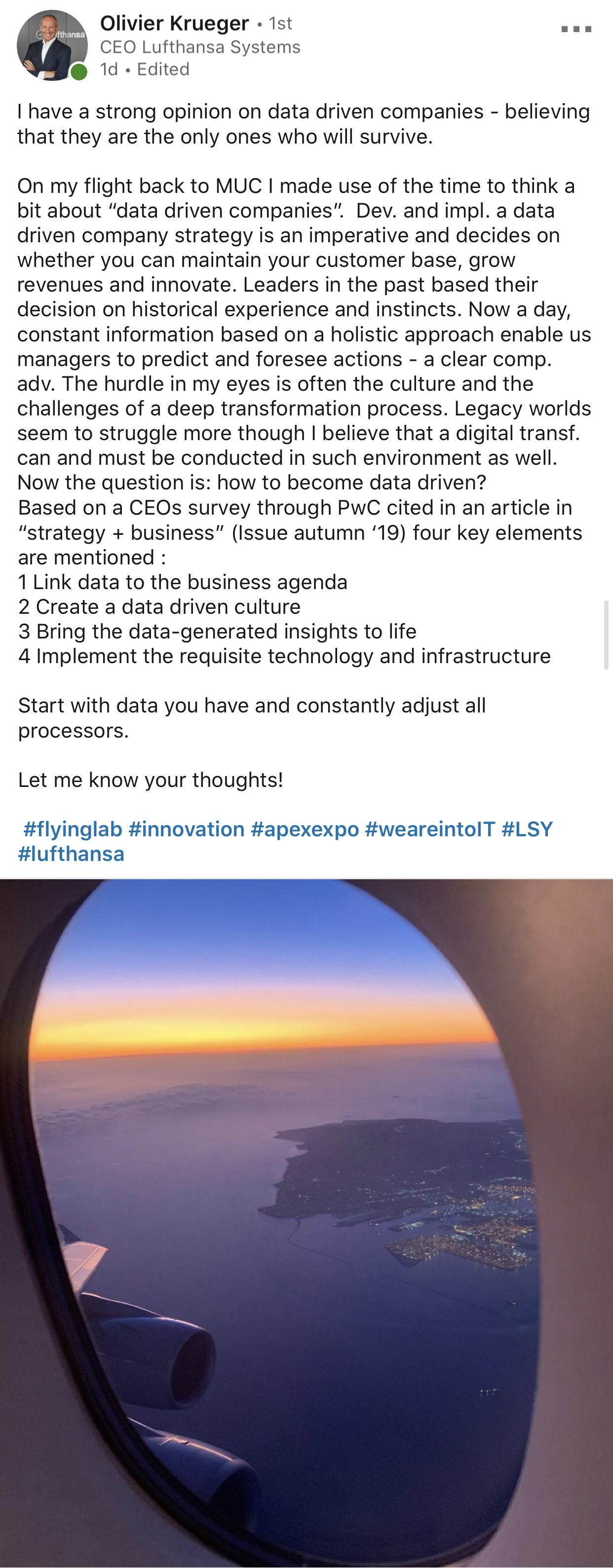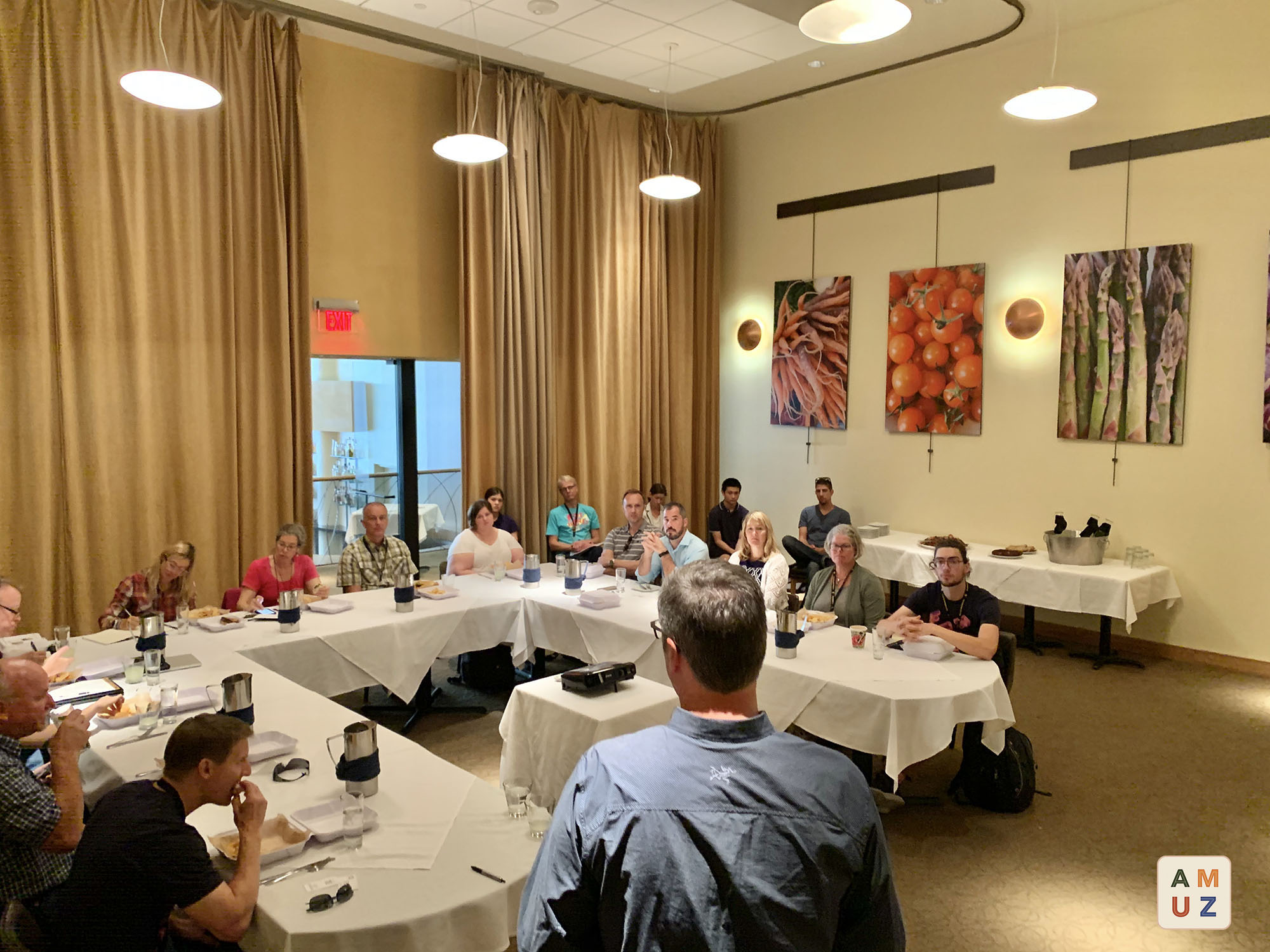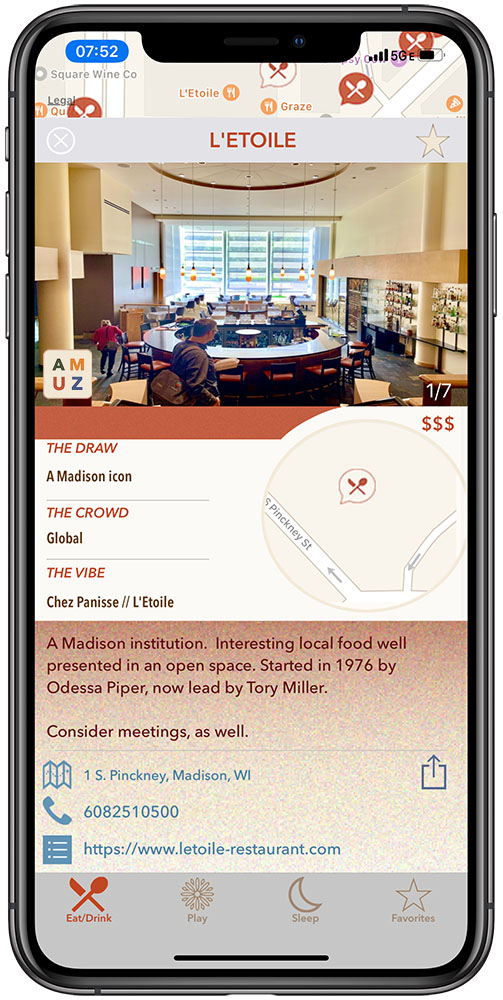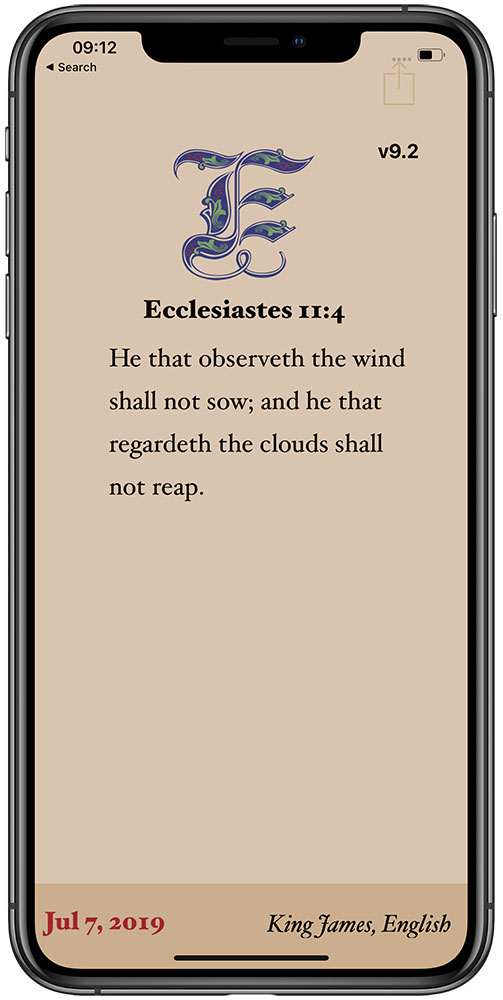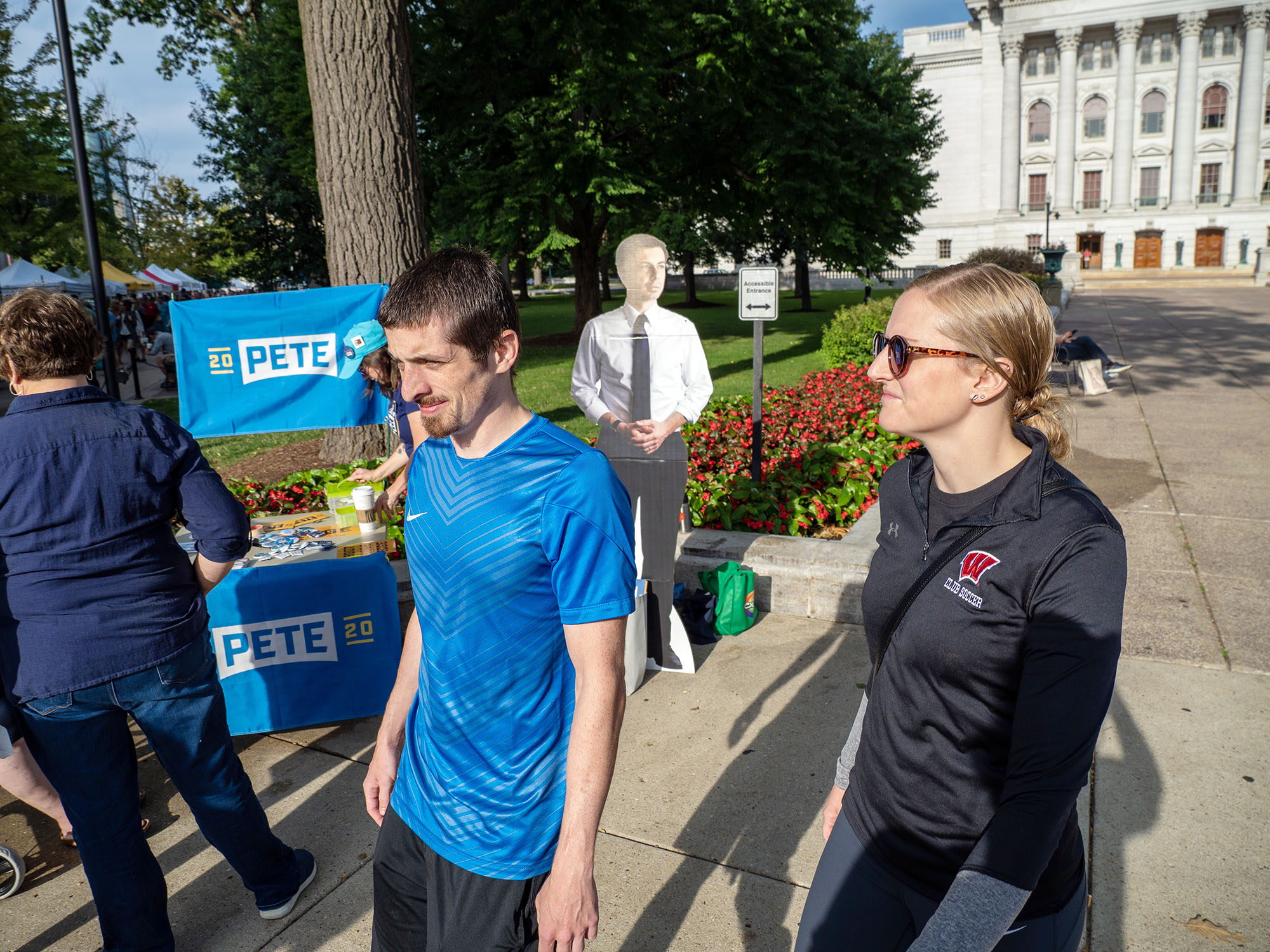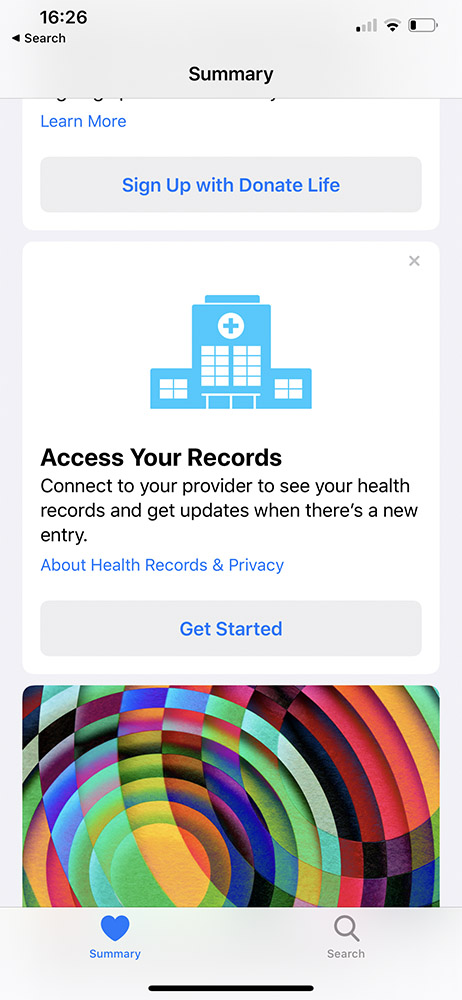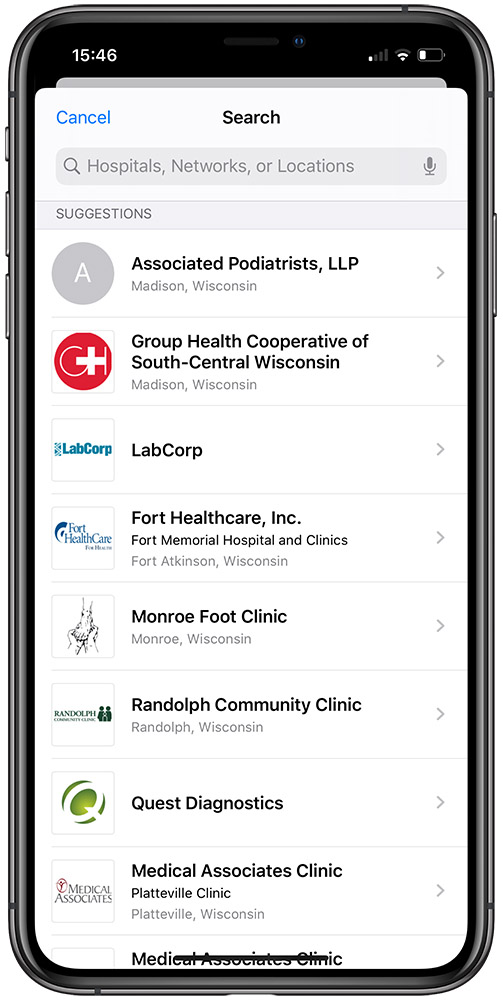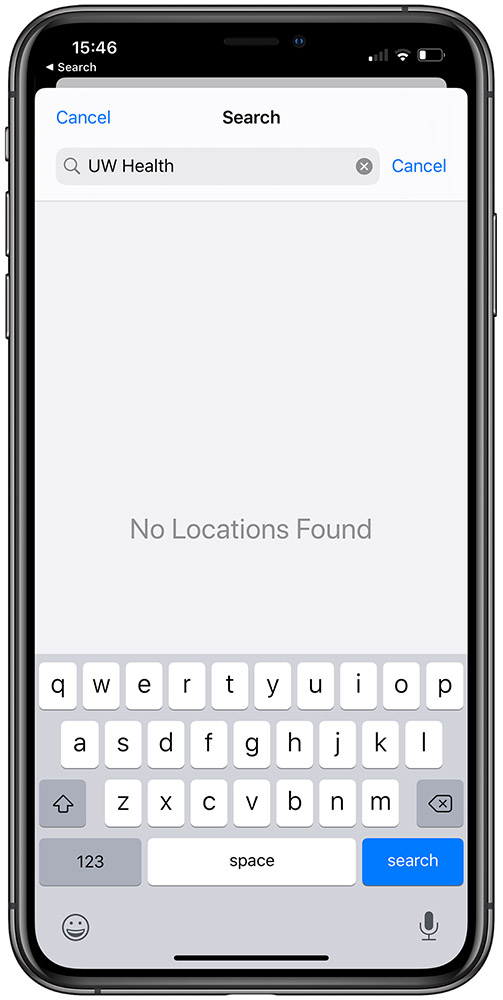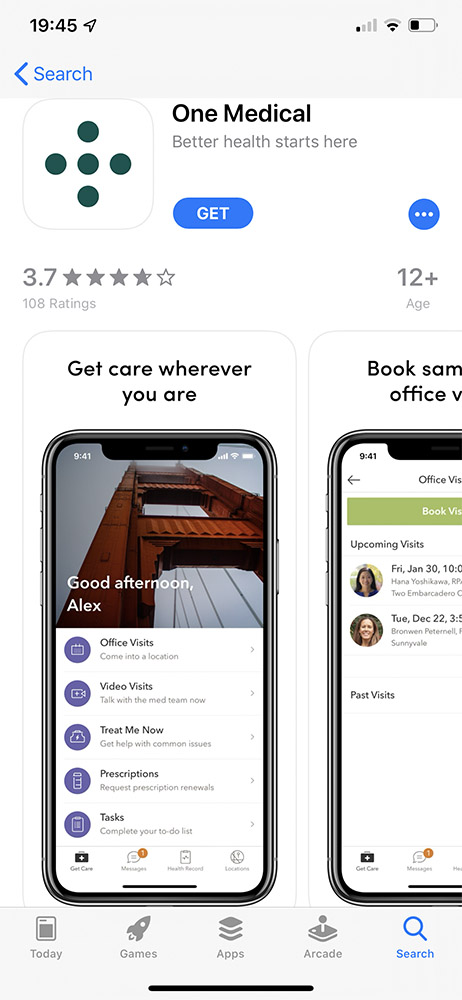Spectre. Halide. FiLMiC. LumaFusion. Pixelmator. DarkRoom. PTGui. Videoleap. Lightroom. Capture One. Olympus Image Share. Flickr. Instagram. Vimeo.
I’ve become familiar with these product names – most are apps on my iPhone or iPad – through frequent use. The brand names illustrate how much digital imagery has evolved with the rise of the iPhone.
In fact, iPhone dominates Flickr’s list [1] of most popular cameras.
And, so it was, that I felt a bit nostalgic, if not sad when I noticed a Nikon advertisement placed on Amazon’s dpreview.com [2]
“Learn more about Firmware 2.0”.
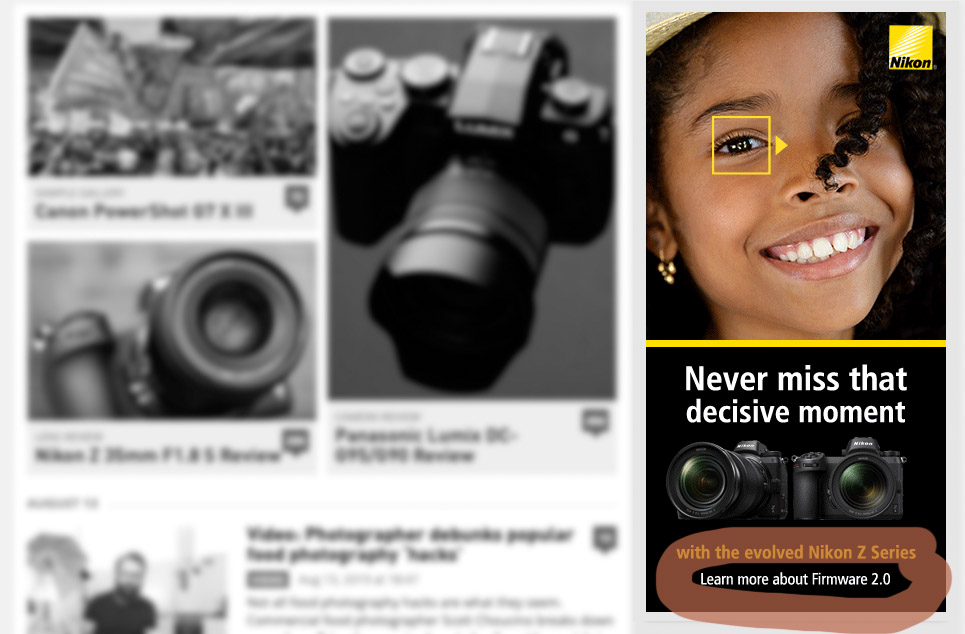
Nikon. Oh, Nikon.
I’ve owned and used 6006, 8008, N80, E2, E2n, D1, D1x, D2H, D3 and D500 camera bodies along with interesting lenses, including the 17-35, various fisheyes and some long glass.
The “Firmware 2.0” text presence in an advertisement (!) illustrates the enormous challenge firms face as software eats the world [3] if not them.
Modern cameras and lenses are incredibly capable, assuming a customer masters confusing menus and buttons and manages via a miracle to connect their iPhone. Sony’s iOS app, to choose just one example, is an embarrassment that diminishes the utility of their cameras.
The iPhone, too, is a remarkable camera, supported by best in class hardware, software and a platform where developers create interesting combinations, such as the Spectre app [4].
Can the traditional camera and lens brands compete in a software eats everything world? [5]
I wish I was more optimistic.
P.S. Nikon’s Tokyo Museum is worth a visit. Tap to explore in amuz.
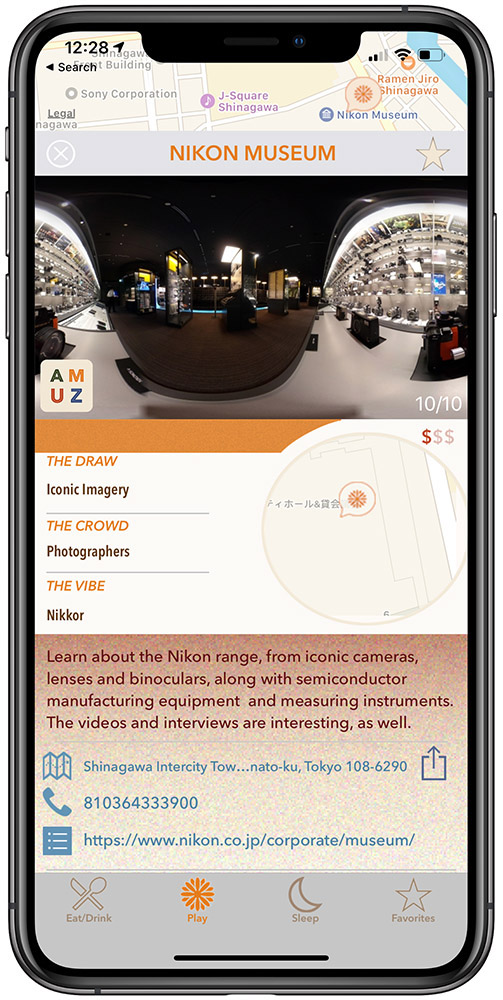
1. Flickr’s camera beauty contest.
2. Amazon acquired dpreview.com in 2007. I find the forums useful, but Amazon’s aesthetic is rather dated.
3. Why Software is Eating the World – Wisconsin native Marc Andreessen.
4. Spectre’s long exposure capability is interesting and very easy to use. A recent capture:

5. Camera & Imaging Products Association (CIPA) sales reports.
6. The world in 2013.









